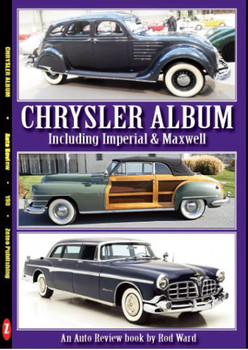Description
The General Motors Pontiac brand, created in 1926, made much of its Indian name, with bonnet mascots representing the chief (or a brave). In fact the name originated with a predecessor company, the Pontiac Buggy Co, which made horse-drawn vehicles in Pontiac, Michigan under the Oakland trade mark. The Oakland name was applied to motor cars made from 1907 onwards, and the firm was acquired by Billy Durant’s General Motors combine in 1910. Oakland was not one of the most successful GM divisions, so the new concept of a six-cylinder engine in an inexpensive Chevrolet chassis was handed to Oakland. Their new Pontiac Six was an immediate success, putting its parent Oakland in the shade, and in early 1932 the Oakland Motor Car Co was reorganised as the Pontiac Motor Co. Pontiac went on to offer great value as the cheapest six-cylinder car on the market, later joined by inexpensive straight-eight engined models. High-powered and stylish cars, characterised by the ‘Silver Streak’ chrome strips on the bonnet, continued the success of the brand up to 1942. Postwar models included Super Chiefs (Indians again) Chieftains, Catalinas, Bonnevilles and more. Pontiac’s reputation for high performance and good road-holding at a reasonable price was enhanced by smaller models such as the Tempest, the LeMans and the iconic GTO.
The Firebird had a longer life than many other ‘ponycars’, along with its even more exciting Trans Am stablemate. Other models, including the Grand Prix and Grand Am accompanied such old names as Bonneville and GTO during the later subsiding fortunes of the Pontiac brand.
Pontiac survived the process which saw the end of Oldsmobile, but the threat of bankruptcy at General Motors meant that more marques had to be axed, and Pontiac was closed in 2009.
Additional Information
Condition Sync Code: |
1000 |
Book Title: |
Pontiac Album (Auto Review Album Number 203) |
Language: |
English |
Format: |
Paperback |
Publication Year: |
2024 |
Pages: |
32 |
Author: |
Rod Ward |
Sync Category Code: |
261186 |









